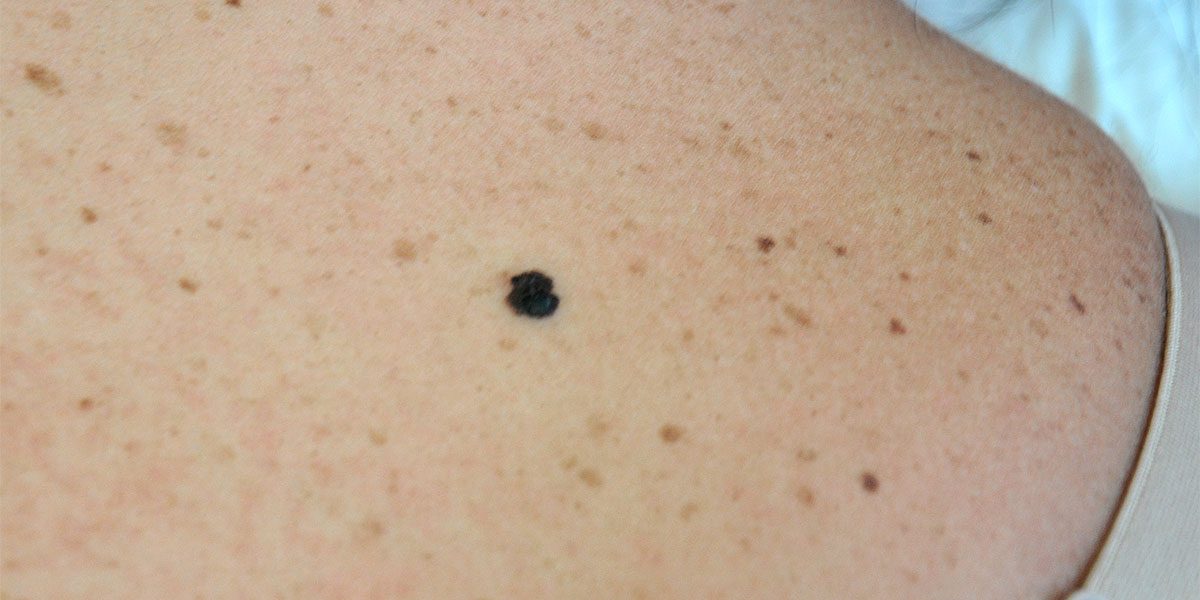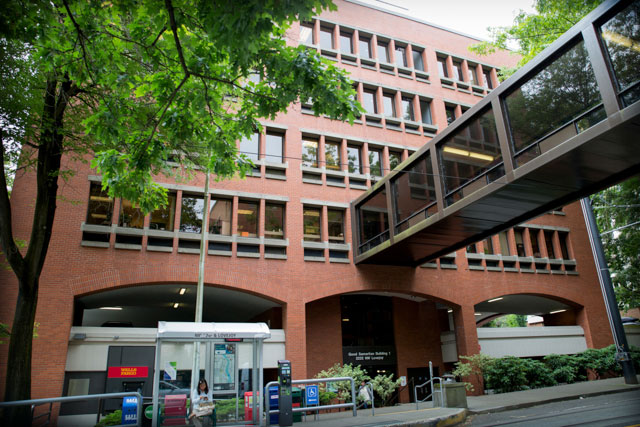Melanoma Skin Cancer Treatment

Melanoma skin cancer is the most serious form of skin cancer in Portland. It is expected that 10,000 people will die due to metastatic melanoma in the United States this year. Even though melanoma makes up only 4% of all skin cancers, if melanoma is caught and treated early, it is almost always curable. Seeking the help of an experienced dermatologist in Portland is always a great way to ensure you’re getting the help that you need. However, if melanoma is not caught early, it becomes hard to treat and can be fatal. Fair-skinned individuals with light hair and eye color have an increased risk of developing melanoma. Additionally, those who have a family history of the disease or have ever had skin melanoma or other skin cancer are at greater risk. Newer studies have also shown that the use of tanning beds increases the risk of melanoma up to 50-90%.
Melanoma generally appears suddenly as a new dark spot that looks like a mole that is changing. Up to 70% of all melanoma diagnosed starts as a new growth! Moles or nevi are brown spots that are acquired over your life. The ABCDE’s are a useful tool to help find moles that are changing. Moles that are asymmetric, irregular with multiple colors and the size of a pencil eraser may be worrisome for melanoma. In addition, growths that change noticeably in size or have irregularities in shape and color could be melanomas.
It is important to check your skin from head to toe regularly for lesions that have the ABCDE’s of melanoma symptoms.
A = asymmetric (if you cut the mole in half, one side is not the mirror image of the other side)
B = irregular border (the shape of the mole is not round or oval)
C = multiple colors (brown, grey, black, red, white)
D = diameter larger than 6mm (size of a pencil eraser)
E = evolving (a new mole that continues to grow or an old mole that changes)
See Mole Mapping
Annual Skin Checks
 It is important to do self-examinations and become familiar with your skin and the pattern of your moles. Also, get annual skin checks especially if you have a personal history or a family history of skin cancer, multiple sunburns and/or very fair skin. Mole mapping may be helpful in monitoring your moles. See Mole Mapping page for more information.
It is important to do self-examinations and become familiar with your skin and the pattern of your moles. Also, get annual skin checks especially if you have a personal history or a family history of skin cancer, multiple sunburns and/or very fair skin. Mole mapping may be helpful in monitoring your moles. See Mole Mapping page for more information.
Melanoma Prevention
Melanoma has been shown to occur as a result from too much sun (UVA and UVB) exposure. It is essential to protect your skin from these damaging rays in order to prevent melanoma. Not only do sunburns increase the risk of melanoma but a tan is a sign of sun damage and will increase your risk of skin cancer and melanoma as well.
Sun Protection
Sun protection includes sunscreen but more importantly wearing a hat, sunglasses, protective clothing and looking for shade to avoid the sun are the best sun protection measures. Every day you should be applying a broad-spectrum sunscreen with a Sun Protection Factor (SPF) of 30 to your face. New FDA rules require sunscreen manufacturers to have both a UVA and UVB sunscreen in their product.
You can learn more about melanoma skin cancer treatment at American Academy of Dermatology.

